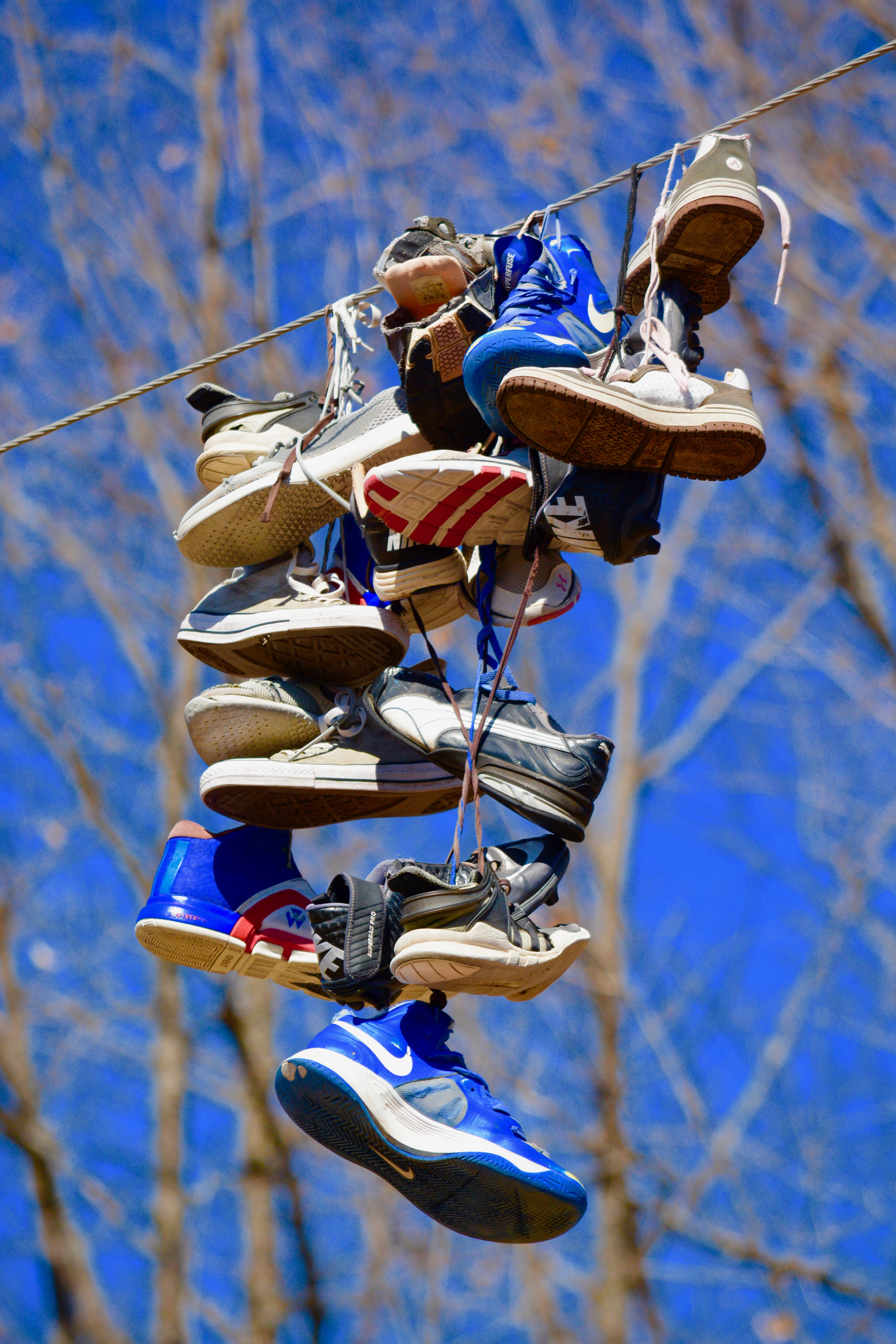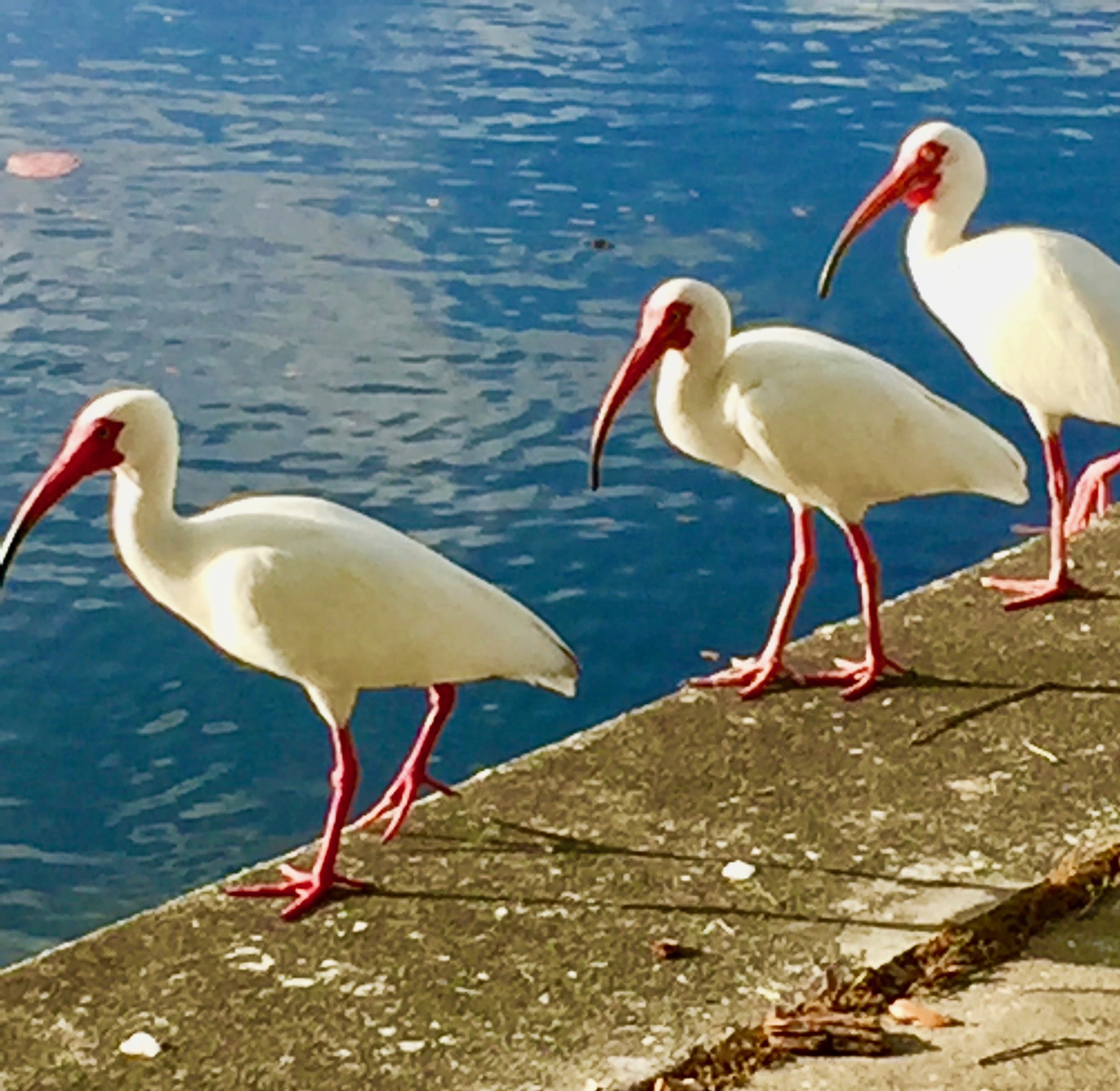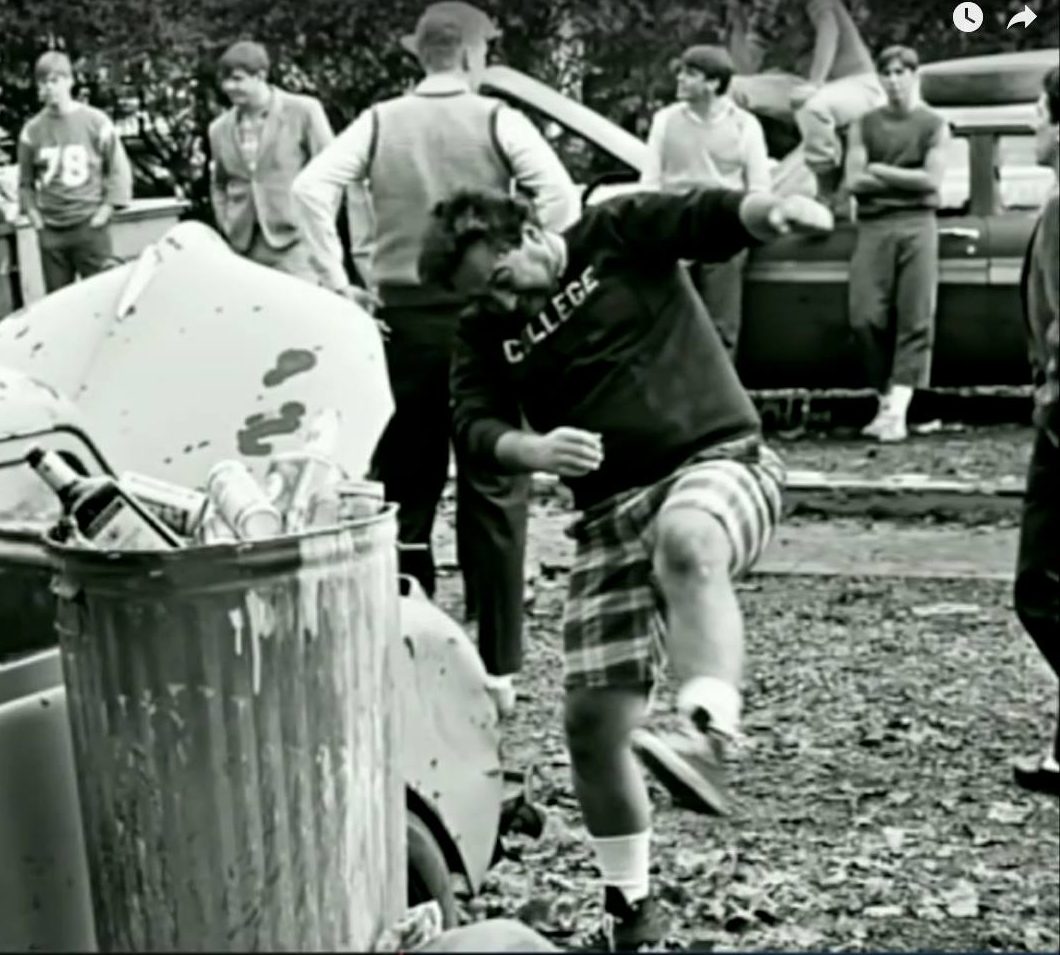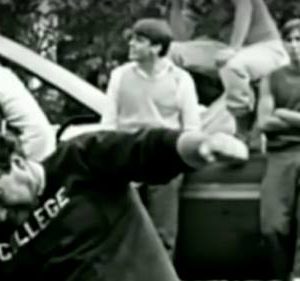The reason I and many other older writers and writing teachers advise young would-be writers to do something else unless they feel absolutely driven to be a writer is that being a writer can be extremely hard. It rarely pays enough to live on and there’s no guarantee that, however hard you work, you’ll ever succeed. In fact, given the vagaries of the writing and reading world, the odds are against you.
The hardest part of being a writer, though, at least a career writer, is the emotional side. Every writer has faced rejection of her work, and all but the most commercially successful writers face it again and again, even after they’ve achieved a fair amount of publishing success.
Rejection of any kind is hard on anyone. What makes the rejection a writer (or any artist) experiences even harder is that the work she does, she does alone, usually for hours on end. It is emotionally taxing just to muster the belief in yourself and the work you’re doing to return to the desk day after day, creating something at the outer edges of your abilities without any insurance that anyone else will see its value. But once you’ve finished it—or think you might have finished it—subjecting it to the opinions of often-distracted and almost-always-overworked editors or agents is more taxing still.
So how does a writer navigate rejection and keep writing? Here are three thoughts:
1. Rather than submitting your finished work immediately to magazines or an agent, cultivate a circle of smart writing friends who will give you their honest opinion on it first. If you can, join or form a regular writing critique group. Make sure the group members are dedicated and at a relatively similar place in their writing development.
2. When you finally submit, do so on a tiered basis, sending out to the places you’d most like to be published first, and then, when the inevitable rejections come back, sending to the next tier down and then the next and the next. Every time a rejection comes in, send your piece out to the next place on your list right away so you always have things in circulation, always have a reason to hope.
3. Pay attention to any comments editors might give, since most don’t do more than send a form rejection anymore. Comments mean you’ve caught their attention. But don’t put too much stock in rejection of any kind, with or without comments. The best thing about rejection is it clarifies your intentions, helping you see if you’re writing because you feel a deep need to write or writing only for the supposed reward of seeing what you’ve written in print. Of course every writer wants to see what he has written be published and read, but the most important thing is to write what you have to write rather than trying to write what you think someone will publish.
Welcome rejection. It is a sign that you have taken the risk of sending your work out, giving it a chance to find its place in the world. The more rejections you experience, the less any one will bother you. If you persevere, rejection builds fortitude. And, if nothing else, it means one more person has read your writing. 🙂







